The Porsche Museum in Stuttgart
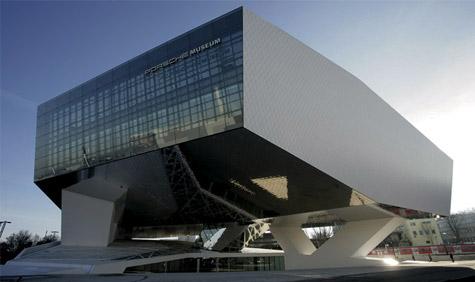
The automotive museum is now an established architectural genre, far evolved from the generic sheds that were once deemed sufficient enclosure for the car.
Motoring brands welcome the association with futurism and dynamism, so it shouldn't really come as any surprise to find that the most interest expressions of the contemporary architectural avant-garde should take the form of temples to the motor car. First Mercedes-Benz in Sindelfingen with UN Studio, then BMW's Coop Himmelb(l)au-designed customer centre in Munich, Maserati's forthcoming museum in Modena, designed by the late Jan Kaplicky, Norman Foster for McLaren, Nick Grimshaw for Rolls-Royce, the list goes on and on.
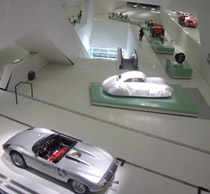
Look around the Porsche Museum
Slotting neatly into this tradition is the new Porsche Museum on Porscheplatz in Stuttgart, the result of an invited competition, overseen by the company and exhibition and museum specialists Hans-Günther Merz. The winning design - out of 170 entrants - was by Vienna's Delugan Meissl, best known for their angular, fluid extensions and dramatic new apartment buildings. Roman Delugan and Elke Delugan-Meissl, along with project architect Martin Josst, came up with an angular 'white box', raised up on three concrete pillars above an entrance space and servicing area.
Using the vaguely triangular form of the site, a car park adjacent to Stuttgart's main Porsche dealership and the railway station that serves the factory, the architects conjured up a multi-faceted structure, clad in gleaming aluminium panels, with the underside of the 'box' in reflective stainless steel. The main 5,600 square metre exhibition space is formed from an elaborate latticework of immense volumes of steel. With the podium section weighing a total of 6,000 tons and containing some 30,000 steel beams, the 100million euro building was a monumental technical achievement (unsurprisingly, we nominated it as one of our best construction sites of 2008).
After entering the plinth at ground level, beneath the reflective underside of the podium, visitors ascend up into the gallery on an escalator, gliding through a glazed section between each element. With just a single window to the south, the closed box exhibition space is arranged in the form of a single, gentle ramp, taking the visitor from the lower level (pre-1948 cars) on to the machines built once Porsche had been properly established as a brand in its own right. Around the edge of the display space is a dark ribbon, inset into the wall. Here production cars are displayed in order, giving a clear indication of exactly how the marque has evolved its road cars over the years.
Porsche have a stock of some 400 cars in their collection, and the museum can show up to 80 at a time. In stark contrast to the multi-media extravaganza of UN Studio's Mercedes-Benz building down the road in Sindelfingen, there's a deliberate absence of sound and moving pictures, allowing for a reverential communion with the cars. 'This is not an automotive Disneyworld,' says Merz's Markus Betz, explaining how the approach was more akin to a 'white cube' art gallery interior. Although the exhibits are certainly sculptural, Porsche is at pains to point out that each and every four-wheeled exhibit can be started up and driven off at any point (and the architects had to come up with a special new floor compound to deal with this fact).
Receive our daily digest of inspiration, escapism and design stories from around the world direct to your inbox.
Permanent display items are placed upon plinths made of crushed recycled glass, while the technological equipment needed by every institution is neatly contained within the expansive ceiling. 'The exhibition space translates the understatement of Porsche,' says Josst, who has been at Delugan Meissl for eight years. With the new Panamera poised for a global debut at April's Shanghai Show (pre-production examples could be seen on the roads around the factory), the new museum has arrived at yet another pivotal moment of Porsche's history.
Ellie Stathaki is the Architecture & Environment Director at Wallpaper*. She trained as an architect at the Aristotle University of Thessaloniki in Greece and studied architectural history at the Bartlett in London. Now an established journalist, she has been a member of the Wallpaper* team since 2006, visiting buildings across the globe and interviewing leading architects such as Tadao Ando and Rem Koolhaas. Ellie has also taken part in judging panels, moderated events, curated shows and contributed in books, such as The Contemporary House (Thames & Hudson, 2018), Glenn Sestig Architecture Diary (2020) and House London (2022).
-
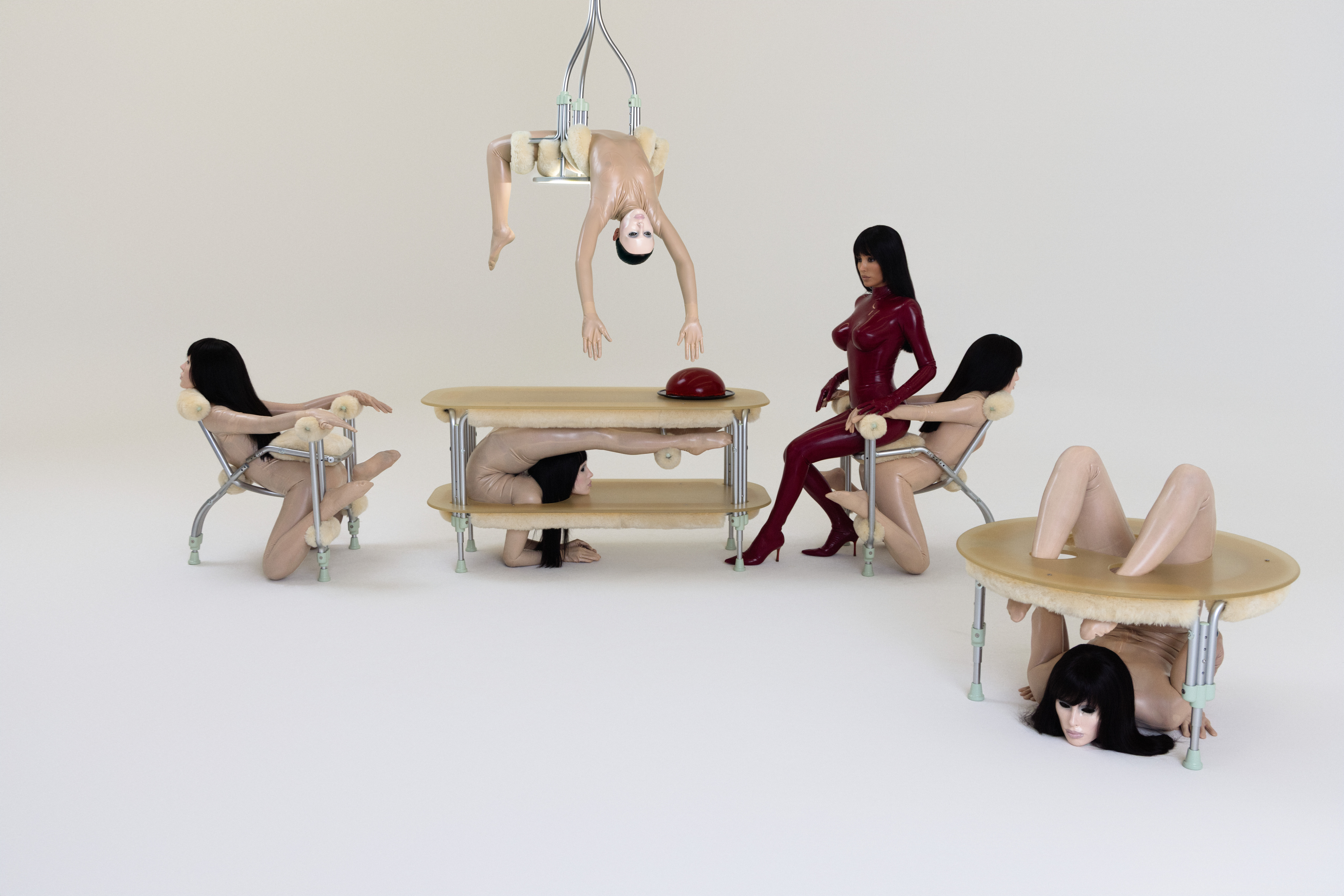 Eight questions for Bianca Censori, as she unveils her debut performance
Eight questions for Bianca Censori, as she unveils her debut performanceBianca Censori has presented her first exhibition and performance, BIO POP, in Seoul, South Korea
-
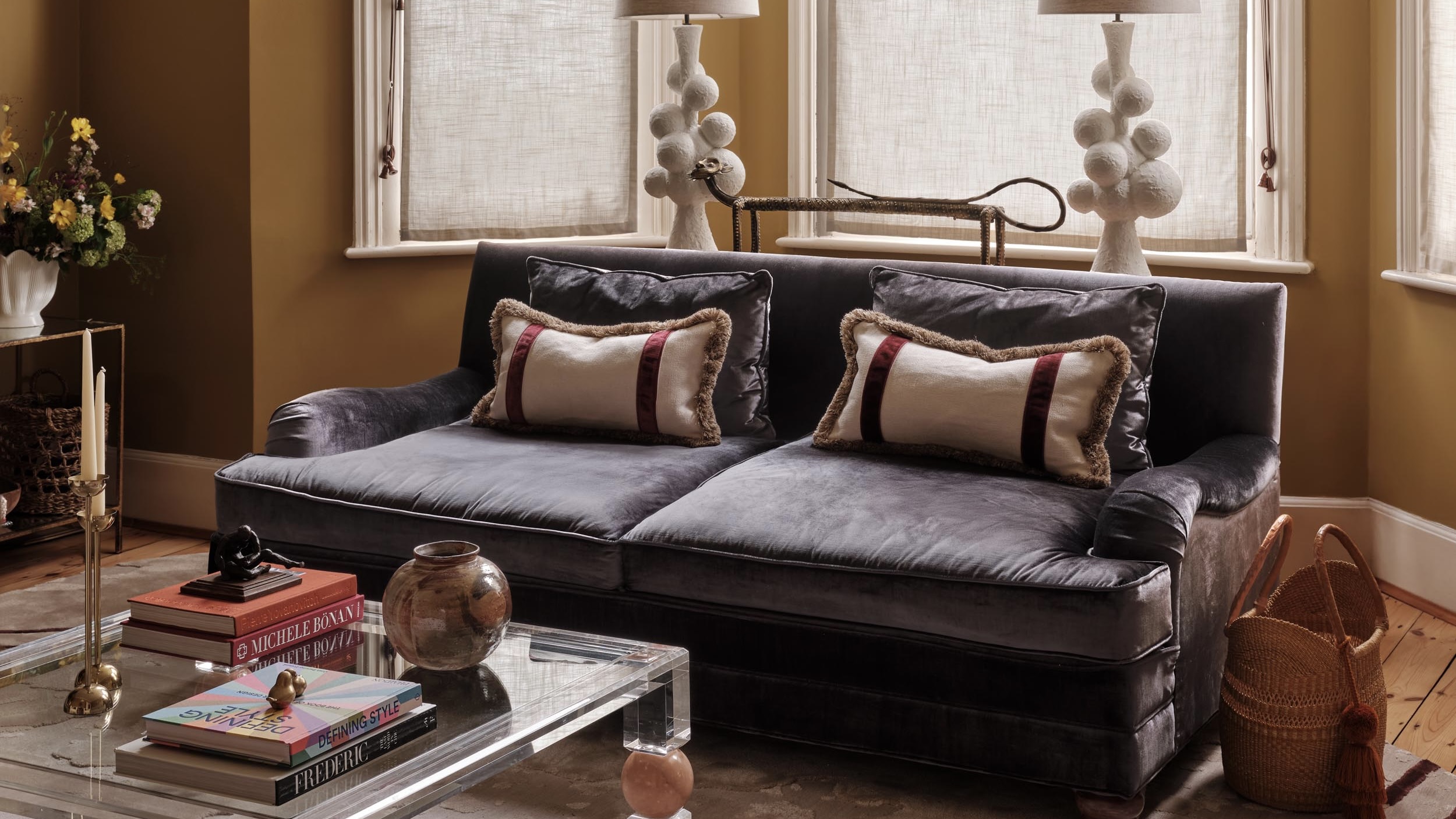 How to elevate a rental with minimal interventions? Charu Gandhi has nailed it with her London home
How to elevate a rental with minimal interventions? Charu Gandhi has nailed it with her London homeFocus on key spaces, work with inherited details, and go big on colour and texture, says Gandhi, an interior designer set on beautifying her tired rental
-
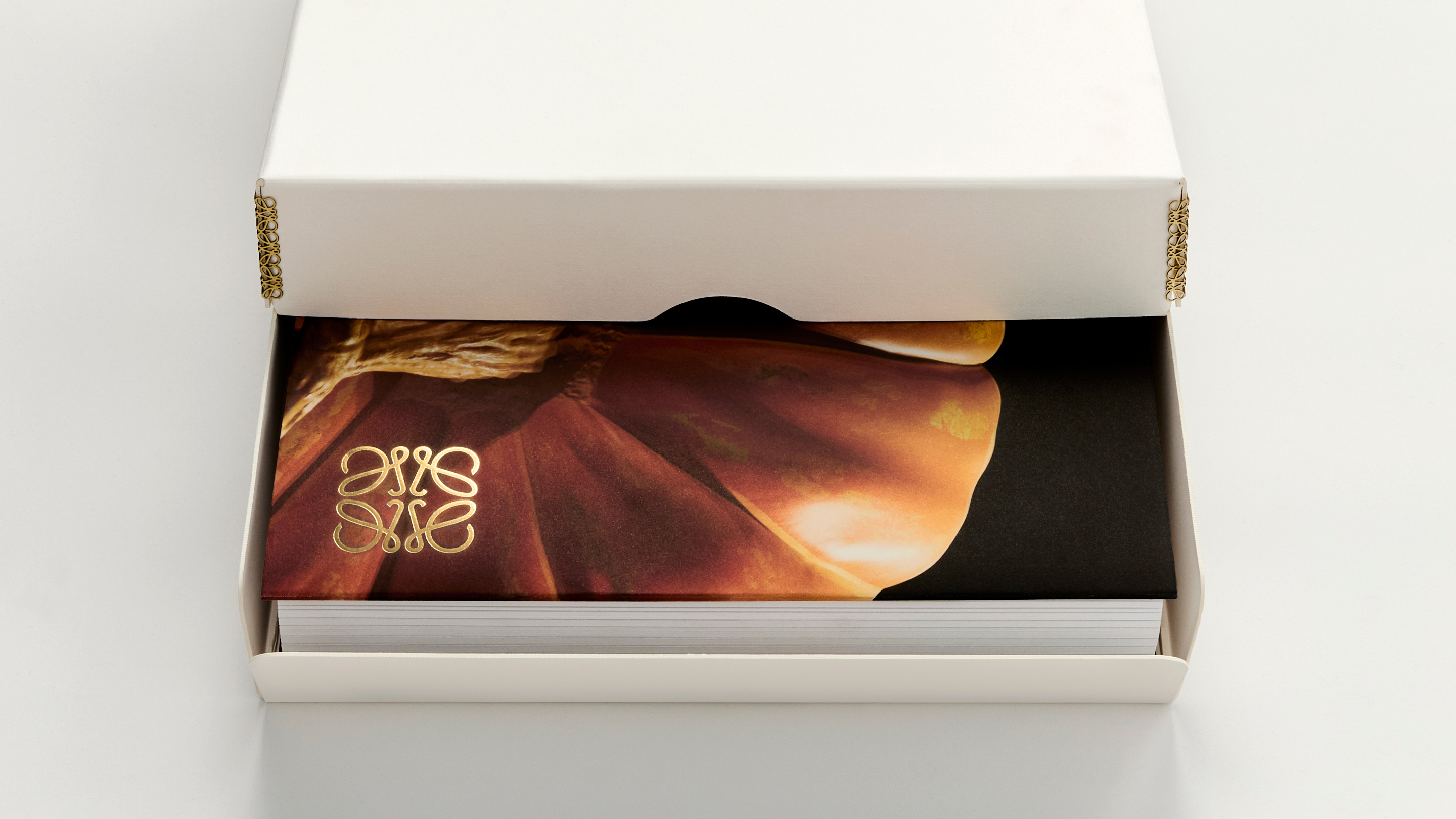 These fashion books, all released in 2025, are the perfect gift for style fans
These fashion books, all released in 2025, are the perfect gift for style fansChosen by the Wallpaper* style editors to inspire, intrigue and delight, these visually enticing tomes for your fashion library span from lush surveys on Loewe and Louis Vuitton to the rebellious style of Rick Owens and Jean Paul Gaultier
-
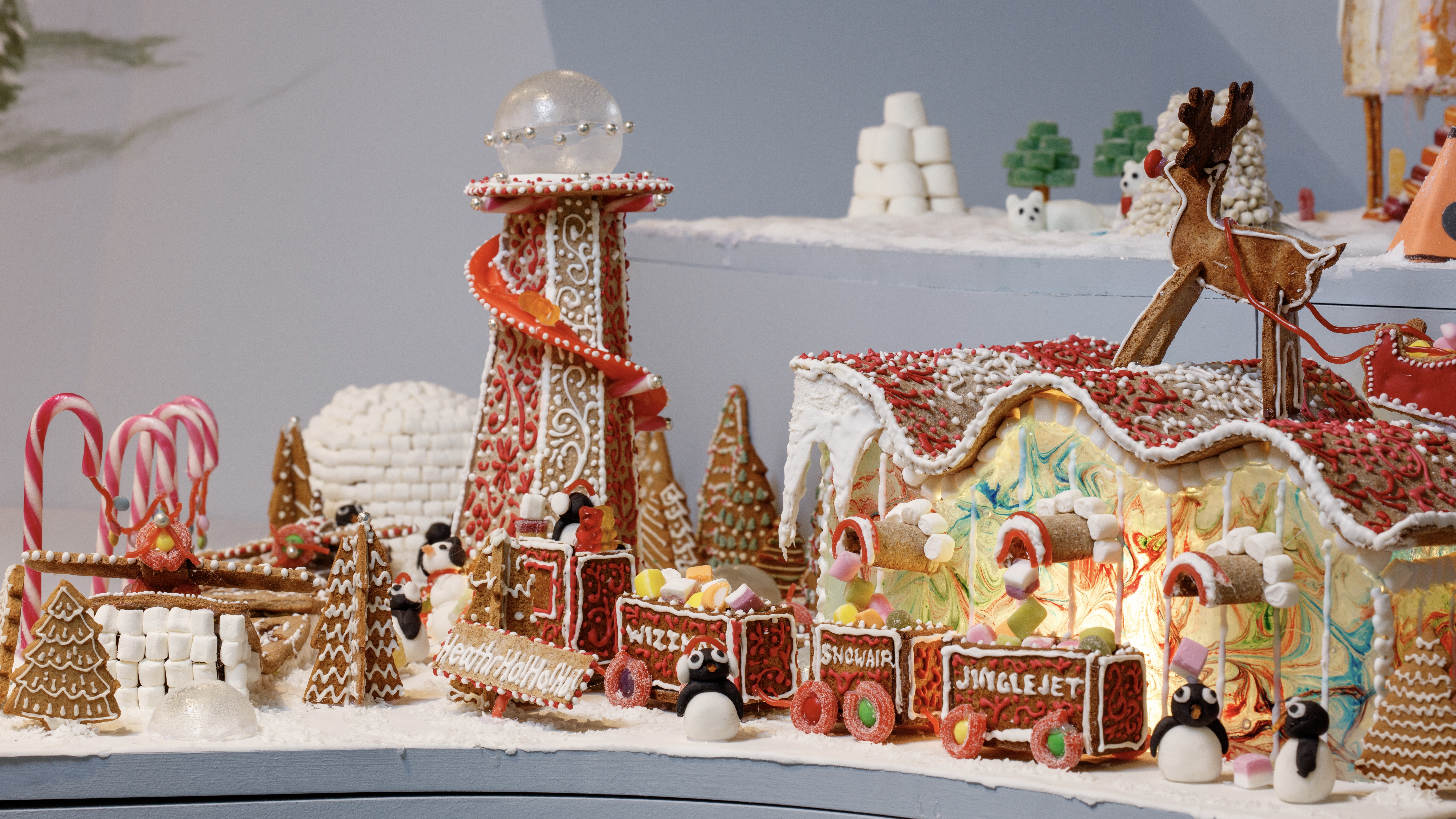 Welcome to The Gingerbread City – a baked metropolis exploring the idea of urban ‘play’
Welcome to The Gingerbread City – a baked metropolis exploring the idea of urban ‘play’The Museum of Architecture’s annual exhibition challenges professionals to construct an imaginary, interactive city entirely out of gingerbread
-
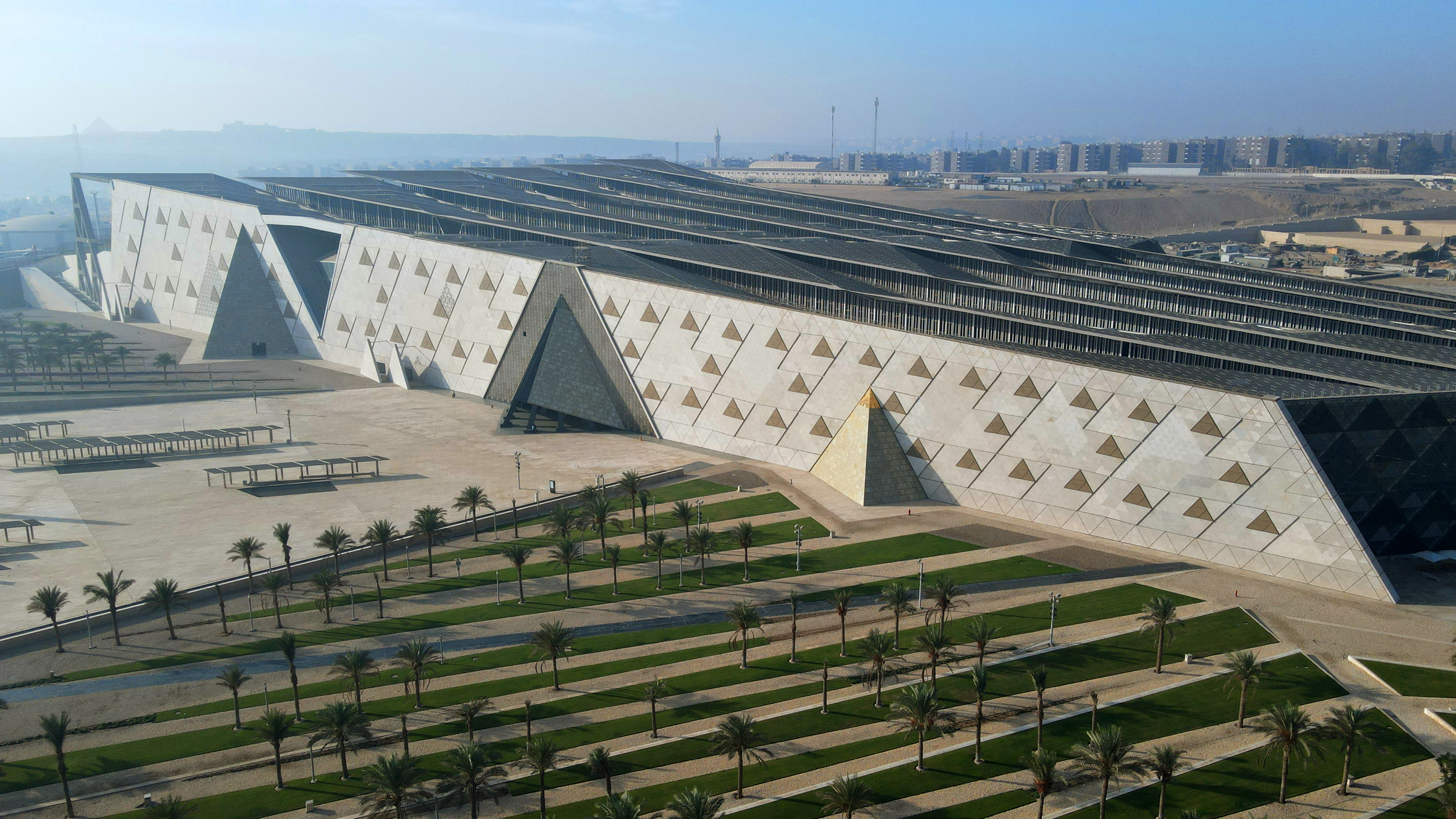 The Grand Egyptian Museum – a monumental tribute to one of humanity’s most captivating civilisations – is now complete
The Grand Egyptian Museum – a monumental tribute to one of humanity’s most captivating civilisations – is now completeDesigned by Heneghan Peng Architects, the museum stands as an architectural link between past and present on the timeless sands of Giza
-
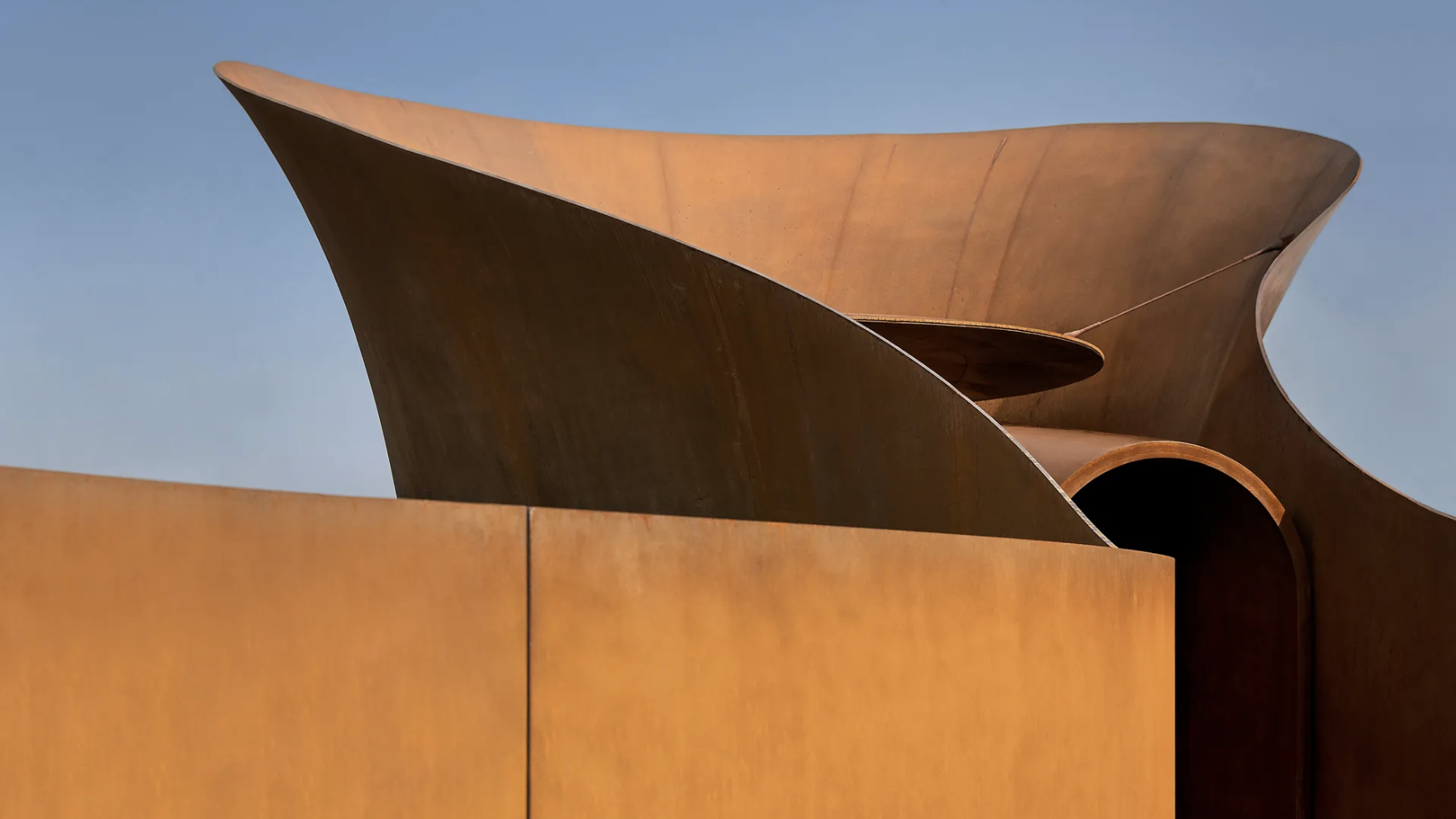 Doshi Retreat at the Vitra Campus is both a ‘first’ and a ‘last’ for the great Balkrishna Doshi
Doshi Retreat at the Vitra Campus is both a ‘first’ and a ‘last’ for the great Balkrishna DoshiDoshi Retreat opens at the Vitra campus, honouring the Indian modernist’s enduring legacy and joining the Swiss design company’s existing, fascinating collection of pavilions, displays and gardens
-
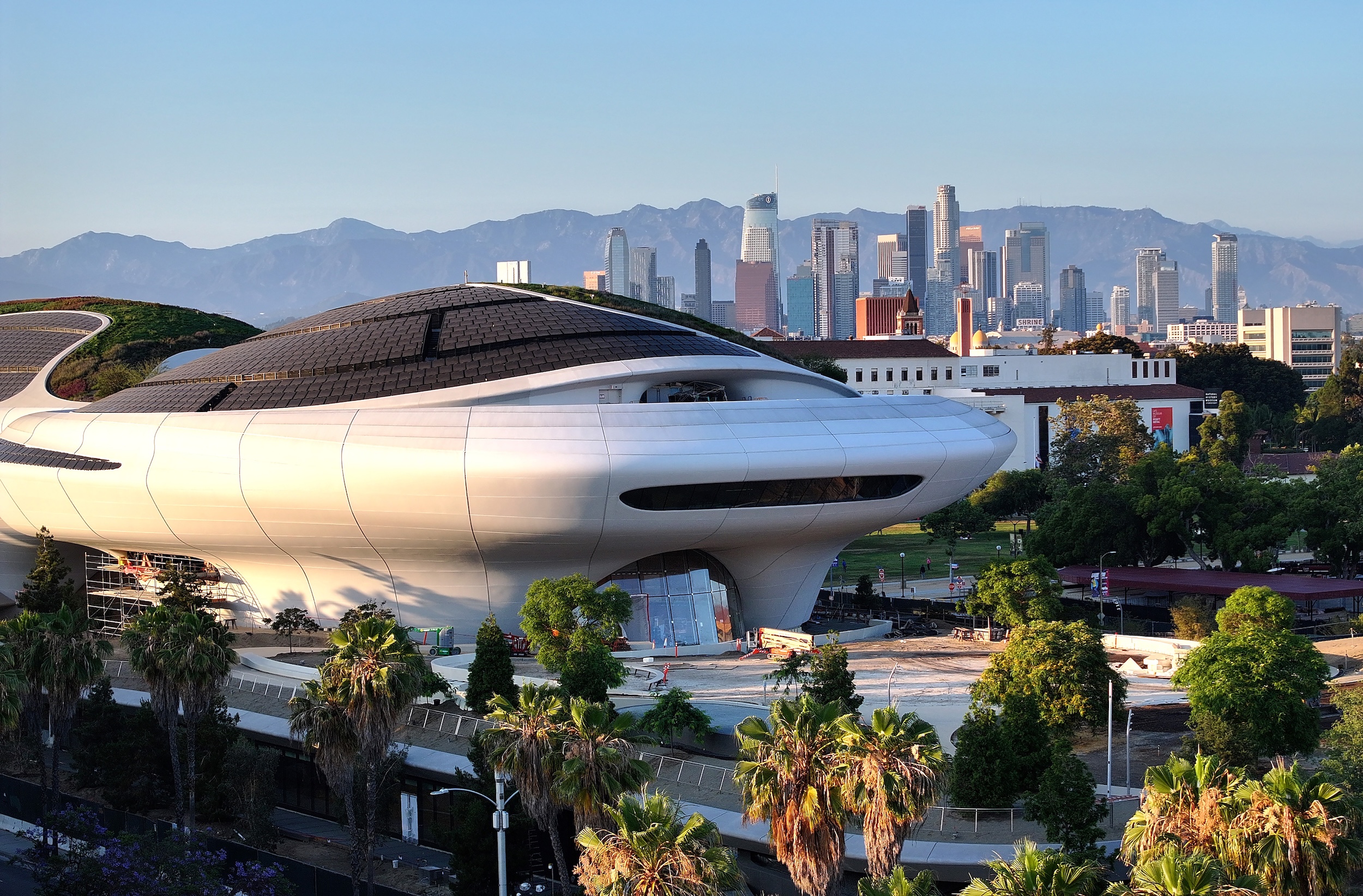 George Lucas’ otherworldly Los Angeles museum is almost finished. Here’s a sneak peek
George Lucas’ otherworldly Los Angeles museum is almost finished. Here’s a sneak peekArchitect Ma Yansong walks us through the design of the $1 billion Lucas Museum of Narrative Art, set to open early next year
-
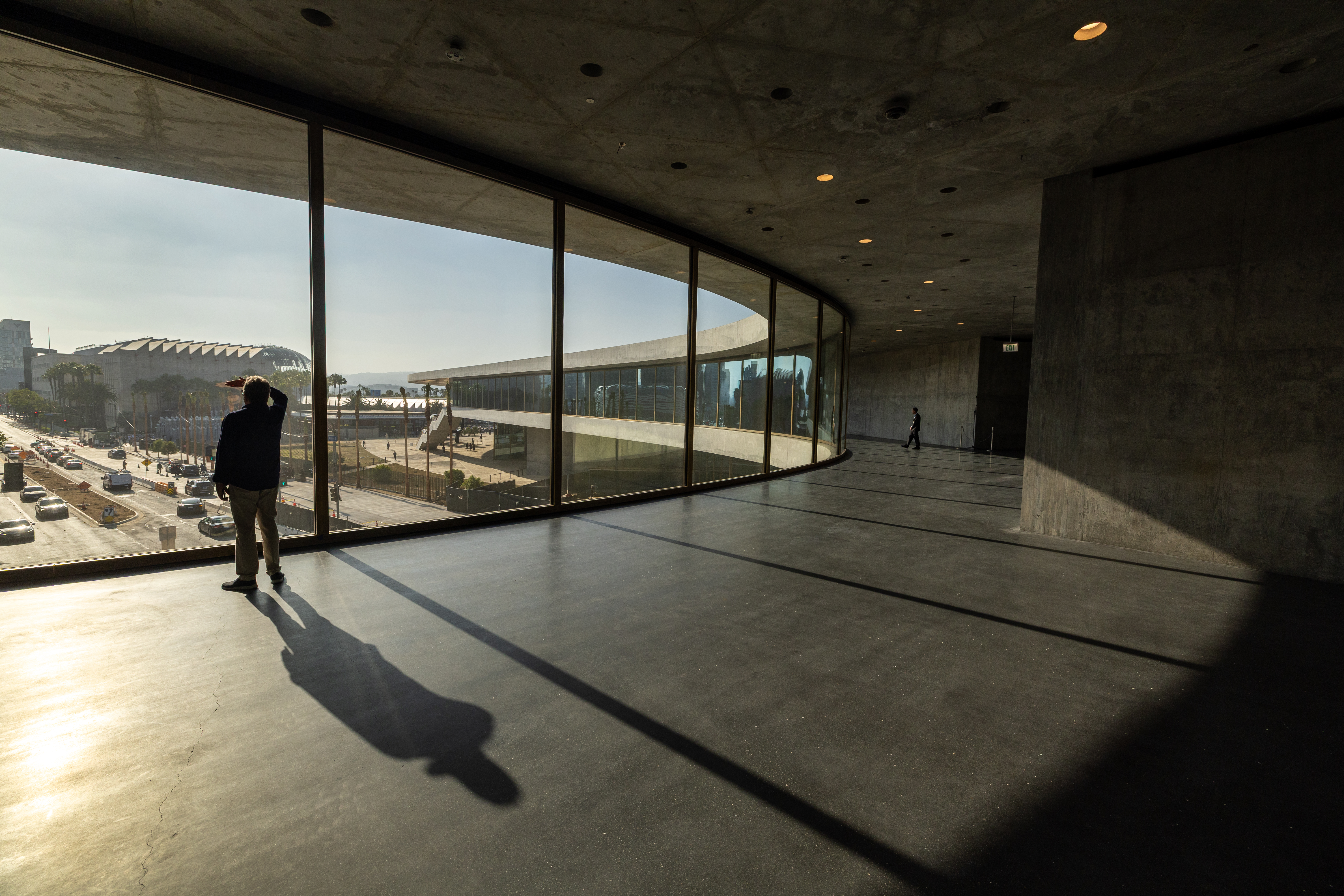 The great American museum boom
The great American museum boomNine of the world’s top ten most expensive, recently announced cultural projects are in the US. What is driving this investment, and is this statistic sustainable?
-
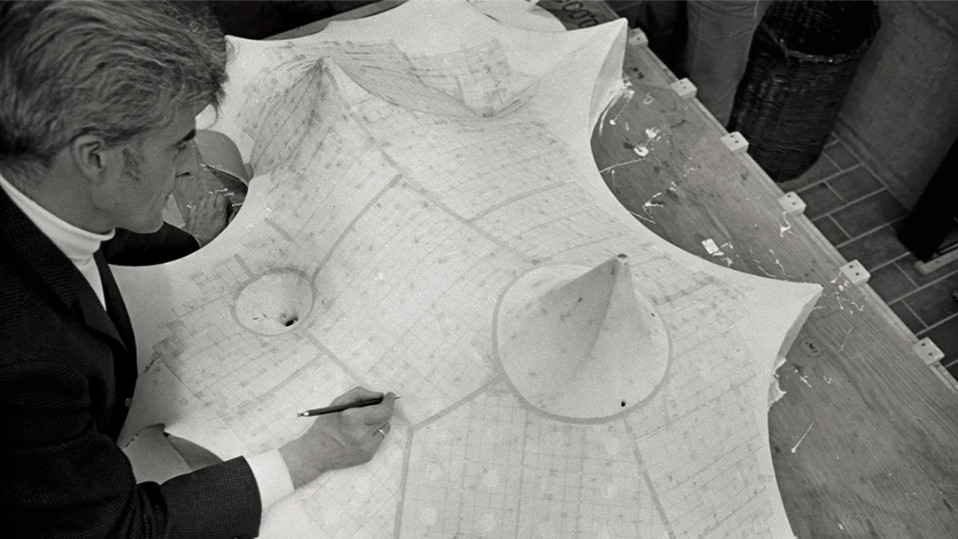 A new book delves into Frei Otto’s obsession with creating ultra-light architecture
A new book delves into Frei Otto’s obsession with creating ultra-light architecture‘Frei Otto: Building with Nature’ traces the life and work of the German architect and engineer, a pioneer of high-tech design and organic structures
-
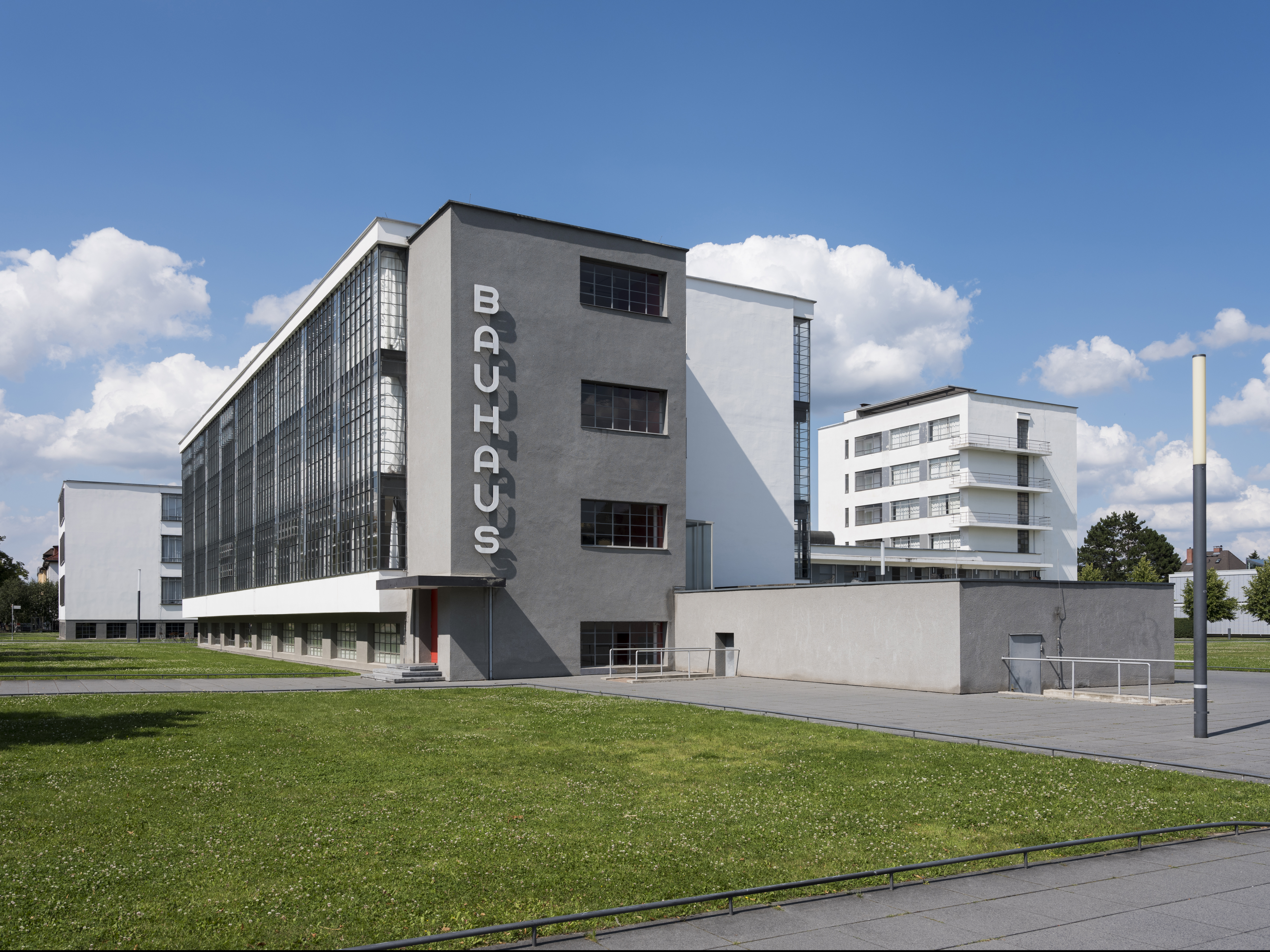 What is Bauhaus? The 20th-century movement that defined what modern should look like
What is Bauhaus? The 20th-century movement that defined what modern should look likeWe explore Bauhaus and the 20th century architecture movement's strands, influence and different design expressions; welcome to our ultimate guide in honour of the genre's 100th anniversary this year
-
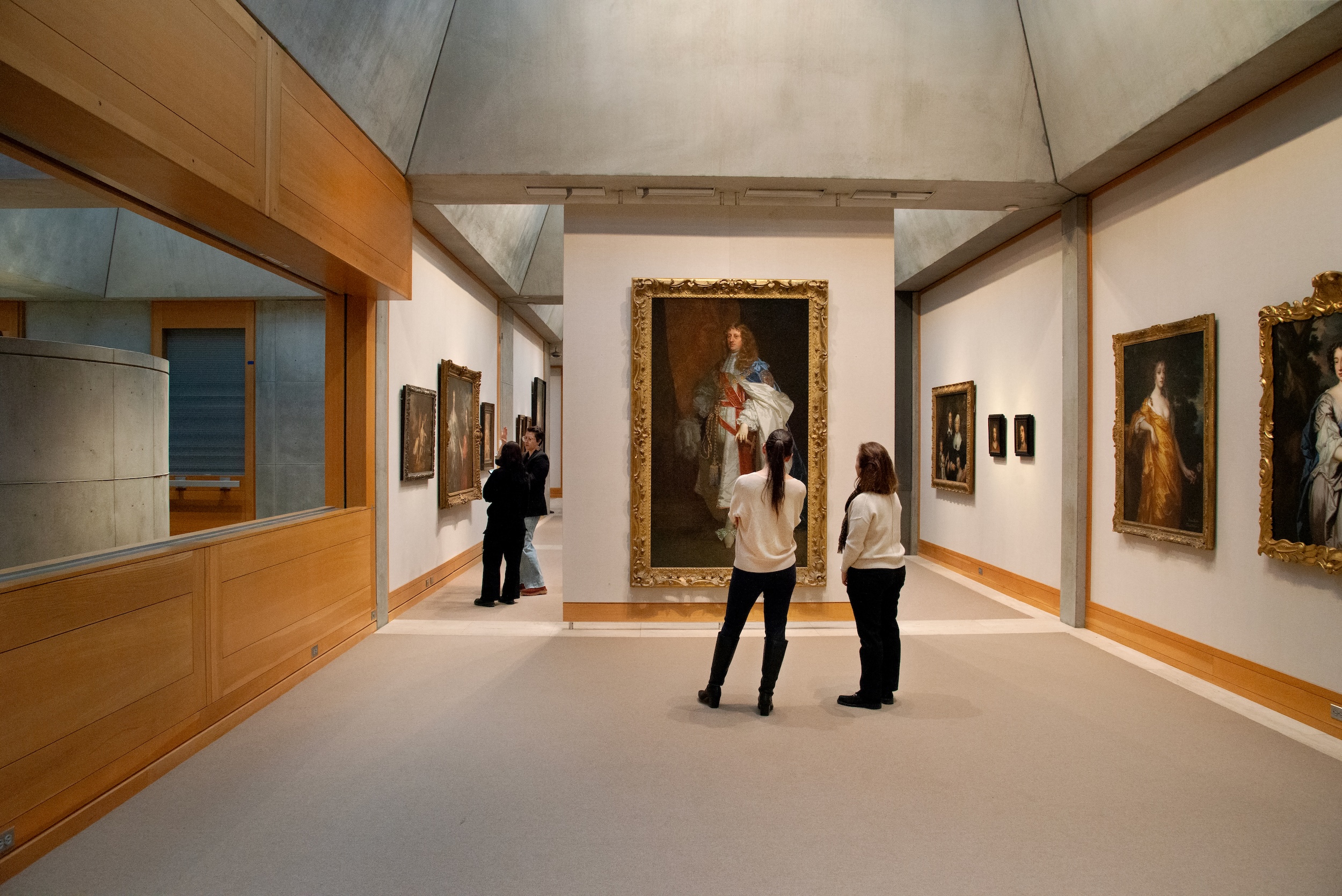 The Yale Center for British Art, Louis Kahn’s final project, glows anew after a two-year closure
The Yale Center for British Art, Louis Kahn’s final project, glows anew after a two-year closureAfter years of restoration, a modernist jewel and a treasure trove of British artwork can be seen in a whole new light